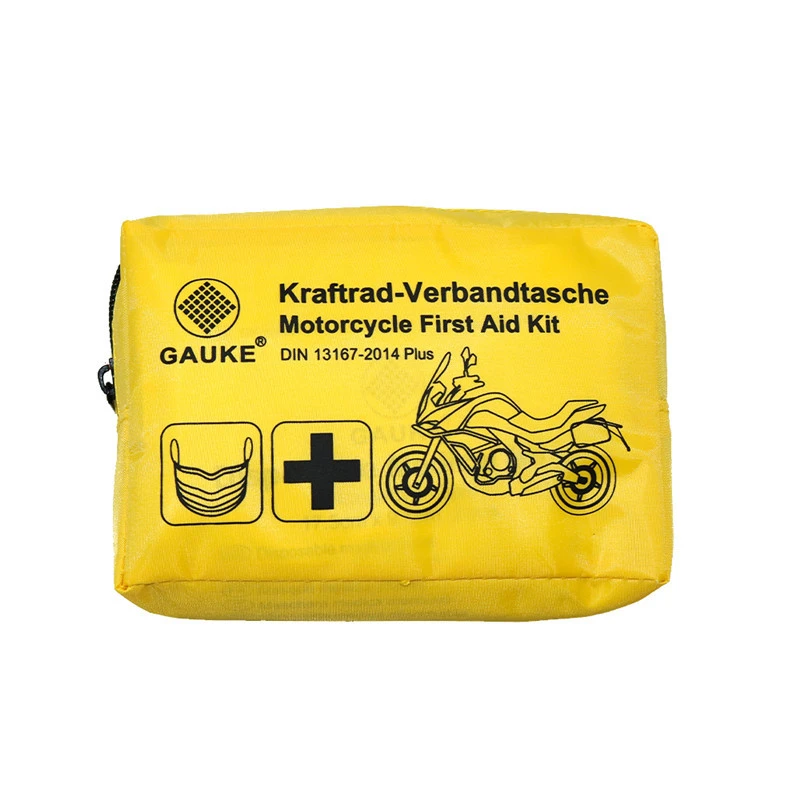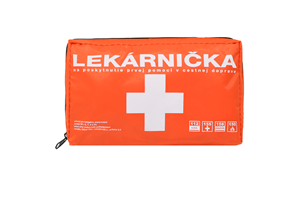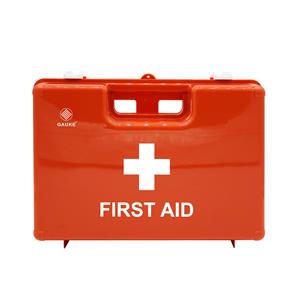How To Dress Your Pet's Wounds And What Dressings Do You Need In Your Pet First Aid Kit
How To Dress Your Pet's Wounds And What Dressings Do You Need In Your Pet First Aid Kit?
You never want your precious little furry friend to experience any harm or distress. However, sometimes emergency happens, and you need to be quick on your feet to ensure that things stay under control. A pet emergency can be anything, from a minor scratch to an open wound and even an allergic reaction.
You need to be equipped with the proper bandages, gauze, and supplies to treat the matter and give your pet appropriate first aid until you can reach a vet. Are you ready in case your pet gets hurt? If you don't already have one, get one or put together your own with the assistance of Gauke Healthcare.
Treat Minor Pet Wounds at Home
Ensure you have assistance controlling your pet while you tend to the wound. If you are worried about your pet biting you, a muzzle is also a safe option. Even if your pet has never been violent, the pain might change how they behave. Develop a plan or a technique to keep your pet quiet and steady while you treat the wound to prevent scratches or bites.
To treat a wound, you will need the following supplies:
Sterile gauzes and bandages
Cleansing solution suitable for pets (make sure your pet is not allergic to any of the ingredients)
Antibacterial ointment or spray
Bandage scissors
Elastic wrapping
A pair of tweezers
A spray bottle
Clean towels or rags
Stop the blood flow
Put a clean cloth or towel over the wounded area and apply gentle pressure if it is bleeding. If the wound is bleeding heavily, take it to a veterinary emergency center since it is more severe than a minor incision. But stopping the bleeding should be prioritized because too much blood loss can result in significant issues.
Clean The Wound
Cleaning and sanitizing the wound prevents infections. Even if the injury is as tiny as a dot, it is necessary to take precautions, clean it properly, and bandage it. Start using water to clean the debris and dirt, and then move towards a saline solution to deeply cleanse the wound if necessary.
Remove Any Foreign Objects with Tweezers
Anything sticking in the wound, like a piece of glass, thorns, or twigs, must be removed carefully. Use a magnifying glass and tweezers to remove the foreign object gently and carefully.
Disinfect The Wound
Gently wipe the injured area with a disinfectant, such as diluted betadine or chlorhexidine, which are usually included in a complete first aid kit. Avoid using hydrogen peroxide or rubbing alcohol since it could harm the tissue and delay recovery.
Cover up the wound with a bandage
Apply some antibacterial cream carefully, then wrap the area in sterile gauze or any bandage, depending on the type of wound. The dressing should be held in place using elastic tape.
Once you're done, give your pet a small treat as a reward for being such a brave pet. After 24 hours, replace the old bandage with a fresh one. Keep an eye on your pet's wound as it heals, and look for any bleeding, changes in the color of the wound, puffiness, or discharge. This could mean that the wound is infected or that it is not recovering properly.
How To Choose the Proper Bandage According To Your Pet's Wound
Choosing the appropriate bandage according to the type of wound is very important. Since dogs or cats have fur on their body, adhesive bandages are unsuitable. If the wound is open and bleeding, a gauze pad is an optimum solution to ensure that the wound is appropriately covered and safe from infections. The gauze pad should be held in place using an elastic or a self-adhesive bandage. For more minor wounds, you can also use liquid bandages but make sure your pet is comfortable with your choice. Take a look at these bandages available at Gauke healthcare.
Adhesive Bandages
Even though adhesive bandages are primarily used in human first aid kits, they are not suitable for animals that have fur. They decrease the effectiveness of the dressing and make it harder to remove. However, if your pet is not covered in fur, it might be the best and the easiest option to use in case of any emergency. Another option is to use a self-adhesive bandage. These bandages do not stick on the fur or skin but can be overlapped to stick on themselves.
Gauze Pad
A gauze pad is an essential supply in a pet first aid kit. You can use it to stop the bleeding and cover minor cuts and wounds. It can also protect the wound and help it heal while ensuring that it stays clean and dry. This prevents bacterial infection and also keeps the pet from scratching the wound. Gauke healthcare provides different gauze pads to ensure they can be used on any kind of major or minor incisions.
Rolled Gauze
When treating a wound on a limb or the head, this bandage can be used by itself or to keep a gauze pad in place. The wound can be covered with a gauze pad, and the limb or head can be held in place by wrapping the rolled gauze around it.
Elastic Bandage
Elastic bandages are an excellent option to keep your gauze in place. It can also be used to apply pressure or compress the wounded area. It helps in reducing swelling and also provides comfort to the pet. Most elastic bandages use clips or Velcro to secure themselves properly.
The most important element to remember when dealing with a pet emergency is to remain calm. Your pet will become more fearful if you grow anxious. Furthermore, anxiety makes it more difficult for you to focus on essential details that could endanger your pet's life.
Keeping your composure when your pet is seriously ill or injured can be challenging. Remember that to provide your pet with the finest care possible, all you need is to stay calm, know your first aid kit supplies and keep a steady hand! Our team at Gauke healthcare is here to assist you with all your pet first aid kit supplies!




